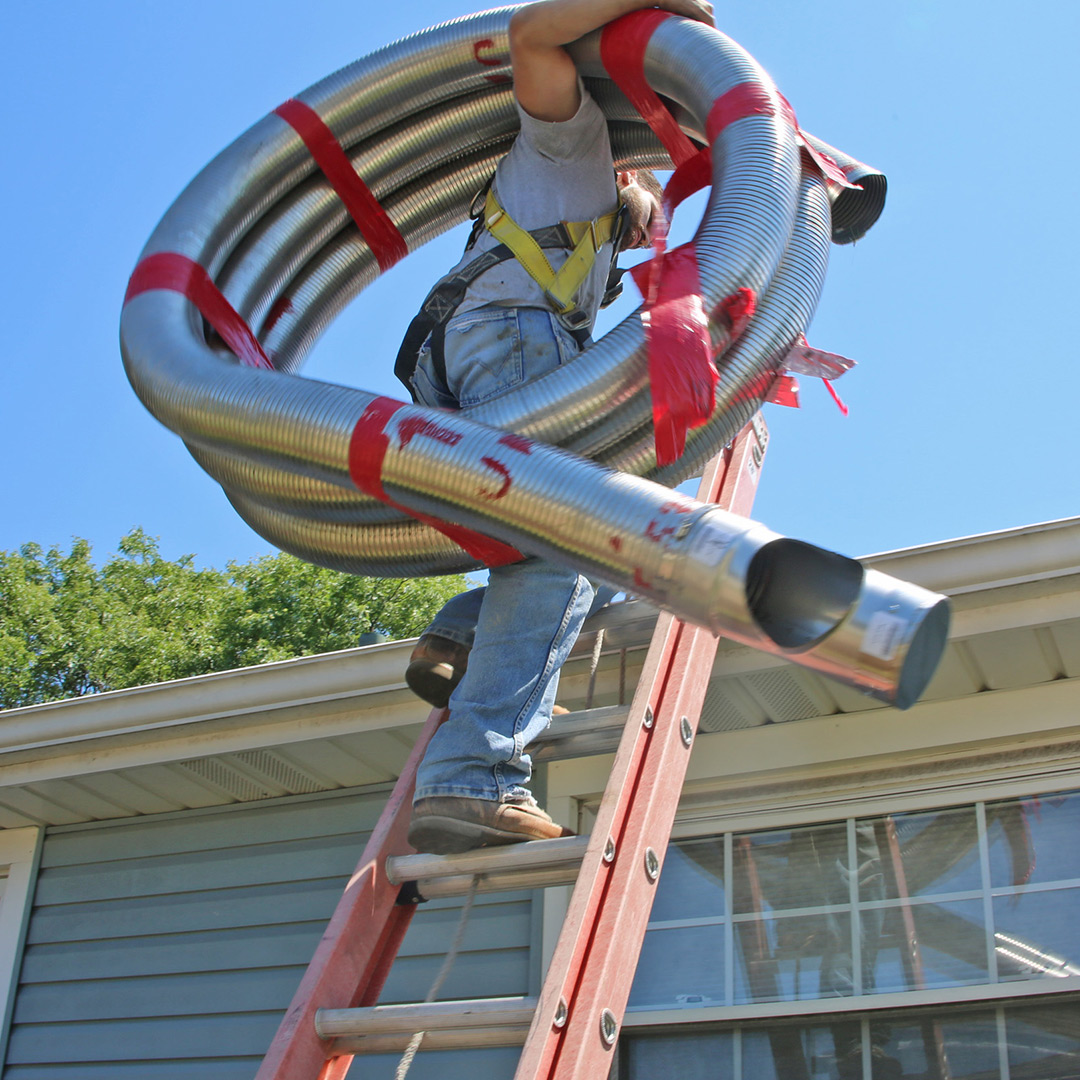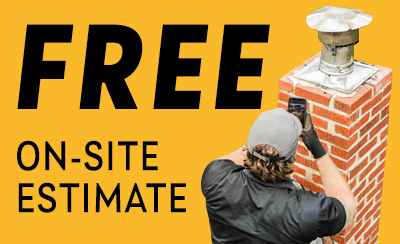Do I Need To Insulate My Chimney Liner?
When it comes to maintaining a safe and efficient chimney, one question people often ask is: Do I need to insulate my chimney liner?
While chimney liners are essential for protecting your home from heat and combustion byproducts, insulation can take that protection and performance a step further. In many cases, insulating your chimney liner is not just a good idea; it’s a smart investment in safety, efficiency, and prolonging the life span of your chimney.
 What Is a Chimney Liner?
What Is a Chimney Liner?
A chimney liner is a protective layer installed inside the chimney flue. Its job is to contain combustion gases and prevent heat transfer to the surrounding structure. Stainless steel liners are commonly used when relining older chimneys or installing new heating appliances.
Why Insulation Matters
Insulating a chimney liner enhances its effectiveness in several important ways:
Improved Draft and Efficiency
When the flue gases stay warm as they travel up the chimney, they create a stronger draft. A strong draft pulls combustion gases up and out of the home quickly and efficiently. Without insulation, those gases can cool too quickly—especially in colder climates—which can lead to sluggish draft and reduced performance from your fireplace or stove.
Creosote Prevention
When excess smoke condenses in your chimney it can lead to corrosion, creosote build-up and the deterioration of both the liner and the masonry. Insulation helps maintain a stable exit for the smoke to rise out of your chimney reducing the chance of blockages, damage, and even chimney fires.
Increased Safety
Insulation acts as a thermal barrier, helping prevent high temperatures from reaching the chimney walls and surrounding materials. This can significantly reduce the risk of chimney fires and heat transfer to combustible materials in your home’s structure.
Types of Chimney Liner Insulation
Each method of chimney liner insulation has its pros and cons depending on your chimney’s shape, size, and the heating appliance you’re using. If you decide to insulate your liner, there are a two common options:
Wrap Insulation
Wrap insulation is a blanket made of a high-density insulation material that wraps around the entire length of the liner before it’s inserted into the chimney. Since this insulation adds to the diameter of the liner, it is not always the most practical option.

Pour-In Insulation
Pour in insulation is a lightweight, vermiculite chimney insulation mix that is poured between the liner and the chimney walls after the liner is installed. This method is often used when dealing with a tighter chimney flue that won’t allow space for a wrap insulation.
So, do you need to insulate your chimney liner?
In most cases, the answer is a resounding yes!
The long-term benefits of enhanced safety, efficiency, and durability are well worth it. Whether you’re upgrading your fireplace, switching to a new stove, or just relining an old chimney, don’t overlook the value of proper insulation.
Schedule Your Chimney Service with the Pros
If you’re unsure about the specifics for your home, it’s always best to consult with a certified chimney professional. Our team at Felgemacher Masonry and Chimney can assess your setup and recommend the best liner and insulation solution tailored to your needs! Contact us today to schedule your inspection, installation, or repair.



